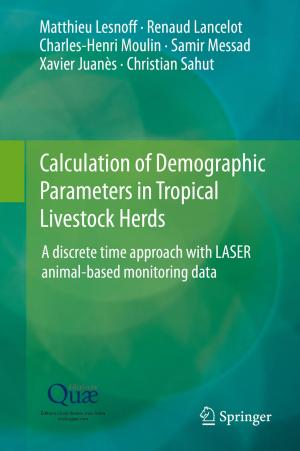| Author: | ISBN: | 9789401140423 | |
| Publisher: | Springer Netherlands | Publication: | December 6, 2012 |
| Imprint: | Springer | Language: | English |
| Author: | |
| ISBN: | 9789401140423 |
| Publisher: | Springer Netherlands |
| Publication: | December 6, 2012 |
| Imprint: | Springer |
| Language: | English |
(1) Beliefs are involuntary, and not nonnally subject to direct voluntary control. For instance I cannot believe at will that my trousers are on fire, or that the Dalai Lama is a living God, even if you pay me a large amount of money for believing such things. (2) Beliefs are nonnally shaped by evidence for what is believed, unless they are, in some sense, irrational. In general a belief is rational if it is proportioned to the degree of evidence that one has for its truth. In this sense, one often says that "beliefs aim at truth" . This is why it is, on the face of it, irrational to believe against the evidence that one has. A subject whose beliefs are not shaped by a concern for their truth, but by what she wants to be the case, is more or less a wishful thinker or a self-deceiver. (3) Beliefs are context independent, in the sense that at one time a subject believes something or does not believe it; she does not believe it relative to one context and not relative to another. For instance if I believe that Paris is a polluted city, I cannot believe that on Monday and not on Tuesday; that would be a change of belief, or a change of mind, but not a case of believing one thing in one context and another thing in another context. If I believe something, the belief is more or 4 less pennanent across various contexts.
(1) Beliefs are involuntary, and not nonnally subject to direct voluntary control. For instance I cannot believe at will that my trousers are on fire, or that the Dalai Lama is a living God, even if you pay me a large amount of money for believing such things. (2) Beliefs are nonnally shaped by evidence for what is believed, unless they are, in some sense, irrational. In general a belief is rational if it is proportioned to the degree of evidence that one has for its truth. In this sense, one often says that "beliefs aim at truth" . This is why it is, on the face of it, irrational to believe against the evidence that one has. A subject whose beliefs are not shaped by a concern for their truth, but by what she wants to be the case, is more or less a wishful thinker or a self-deceiver. (3) Beliefs are context independent, in the sense that at one time a subject believes something or does not believe it; she does not believe it relative to one context and not relative to another. For instance if I believe that Paris is a polluted city, I cannot believe that on Monday and not on Tuesday; that would be a change of belief, or a change of mind, but not a case of believing one thing in one context and another thing in another context. If I believe something, the belief is more or 4 less pennanent across various contexts.















